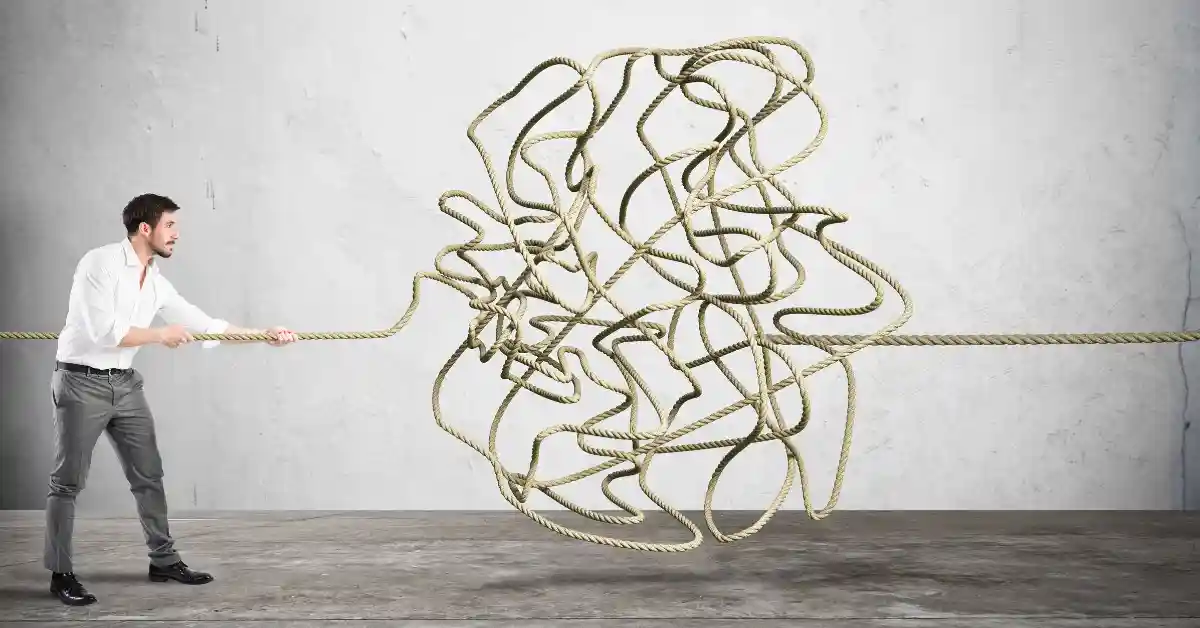

Why Building Social Relationships Supports Mental Wellbeing

(Guest post by Dr Sam Russell UK-trained Counselling Psychologist, passionate about helping people build a more compassionate relationship with themselves)
When you live with ongoing pain, it can start to shape everything. It’s not just what your body can or can’t do, but how you see yourself, your relationships, and especially your sense of who you are.
When I meet with someone who’s living with chronic or persistent pain, I don’t start by explaining what’s happening in their brain or body. I start by asking, “What sense do you make of your pain?” or “What’s the story of your pain so far?”
Because everyone has one.
Sometimes it’s a story about being dismissed by doctors, or feeling like no one believes you because the pain doesn’t show up on a scan. Sometimes it’s about losing a part of life that once felt effortless like cooking, being active, parenting, working, or moving freely. Sometimes it’s about anger or grief that’s hard to name.
And underneath it all, there’s the constant: the pain itself. Real, physical, and totally uninvited.
The pain is real. And it’s complicated.

I’m always careful to say this early on: the pain is real. Too many people have been told that it’s “just stress” or “all in your head.” That kind of message is so invalidating and shaming.
What I know from both research and years of practice is that pain is both physical and emotional. Our brains, bodies, and feelings are connected, and that connection runs both ways. Difficult emotions, stress, and fear can amplify pain, and pain can in turn amplify those emotions. It’s a feedback loop that’s exhausting to live in.
So instead of trying to separate the physical from the psychological, we work with the whole experience of the pain, the emotions that come with it, and the meaning it’s taken on in someone’s life.
What therapy looks like
Therapy for persistent pain isn’t about “positive thinking” or pretending the pain isn’t there. It’s about learning to live a meaningful life with the pain, instead of waiting for it to disappear first.
That often includes:
- Reconnecting with the body in gentle, safe ways — noticing sensations without fear.
- Working with avoidance, not to push through, but to understand what the fear or resistance is protecting.
- Processing emotions like grief, frustration, or hopelessness that often come with long-term pain.
- Exploring identity. Who you are beyond the pain, and how to rebuild a life that feels worthwhile.
- Making sense of the medical journey, especially if you’ve been dismissed or invalidated along the way.
- Reconnecting and making new connections. It’s all too easy for life and relationships to shrink as your pain grows, but research tells us that one of the most powerful things we can do in the face of persistent pain is make social connections.
My approach is relational and trauma-informed. That means I’m not the expert on your body, you are. My role is to offer curiosity, safety, and a space to understand how pain interacts with your emotions, relationships, and story. Together, we make meaning of what’s happening, rather than reducing it to symptoms.

A different kind of conversation
Many people come to therapy for pain feeling like they’ve tried everything: medication, specialists, scans, maybe even surgery. Talking about it can feel like a last resort.
But therapy doesn’t mean the pain is “psychological.” It means you’re open to exploring how your inner world and your body are linked and how healing might come from understanding that connection, not fighting it.
Sometimes, relief starts not with fixing the pain, but with feeling heard, believed, and less alone in it.
If this sounds interesting
If you’re living with persistent pain and it’s taking a toll emotionally, you don’t have to go through it alone. Therapy can offer a space to make sense of what’s happening and find ways to live with more peace, connection, and meaning, even when pain is still present.
If this speaks to you, I offer psychological support for people navigating the emotional and relational impact of long-term pain. You’re welcome to reach out to discuss whether this approach might be helpful for you.

FAQs:
What is persistent pain?
Persistent (or chronic) pain refers to pain that lasts longer than three months or beyond normal healing time. It can continue even after an injury has healed, often affecting how a person feels, moves, and experiences daily life.
Is chronic pain just “in the mind”?
No. Chronic pain is a real physical experience that involves both the body and the brain. Emotional stress and difficult experiences can amplify pain signals, but that doesn’t make the pain imaginary. Understanding both the physical and emotional aspects can help improve wellbeing.
Is chronic pain just “in the mind”?
No. Chronic pain is a real physical experience that involves both the body and the brain. Emotional stress and difficult experiences can amplify pain signals, but that doesn’t make the pain imaginary. Understanding both the physical and emotional aspects can help improve well-being.
How can therapy help with long-term pain?
Therapy can help people make sense of their pain, process emotions such as frustration or grief, and rebuild a sense of meaning and identity. It’s not about “thinking positively,” but about finding ways to live a fulfilling life alongside pain.
What kind of therapy works best for persistent pain?
Approaches that focus on the mind–body connection, such as trauma-informed or acceptance-based therapy, are often effective. These help you explore how thoughts, emotions, and physical sensations interact — rather than trying to separate them.
How can I access psychological support for chronic pain in Australia or New Zealand?
You can connect with a registered psychologist through Positive Mind Works, which offers online appointments across Australia and Aotearoa New Zealand. Our clinicians, including Dr Sam Russell, specialise in helping clients manage the emotional and relational impact of persistent pain.

